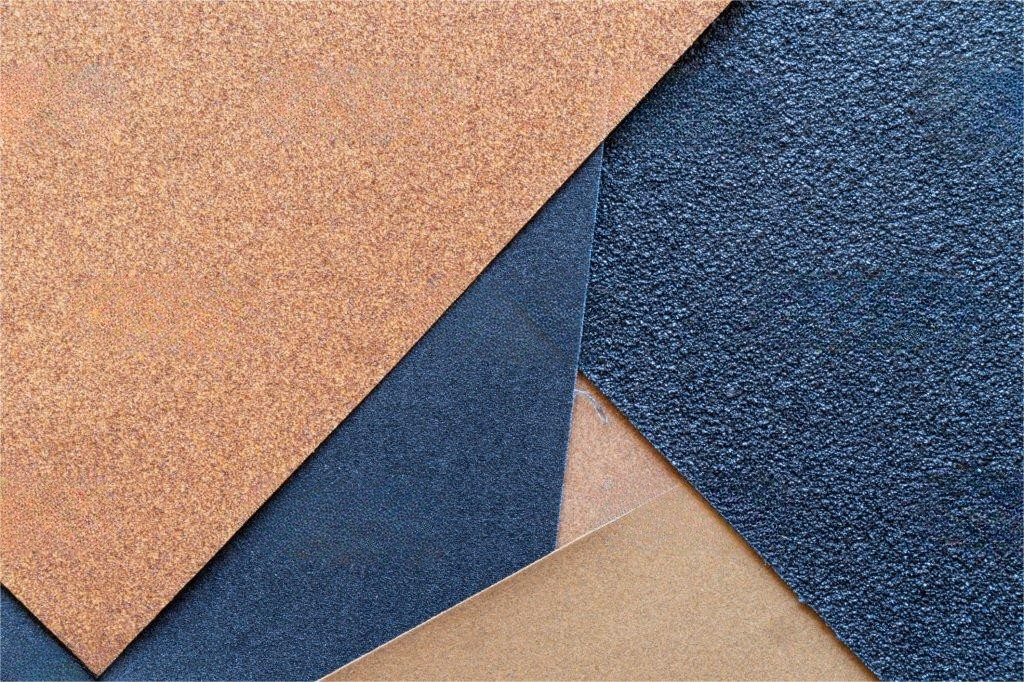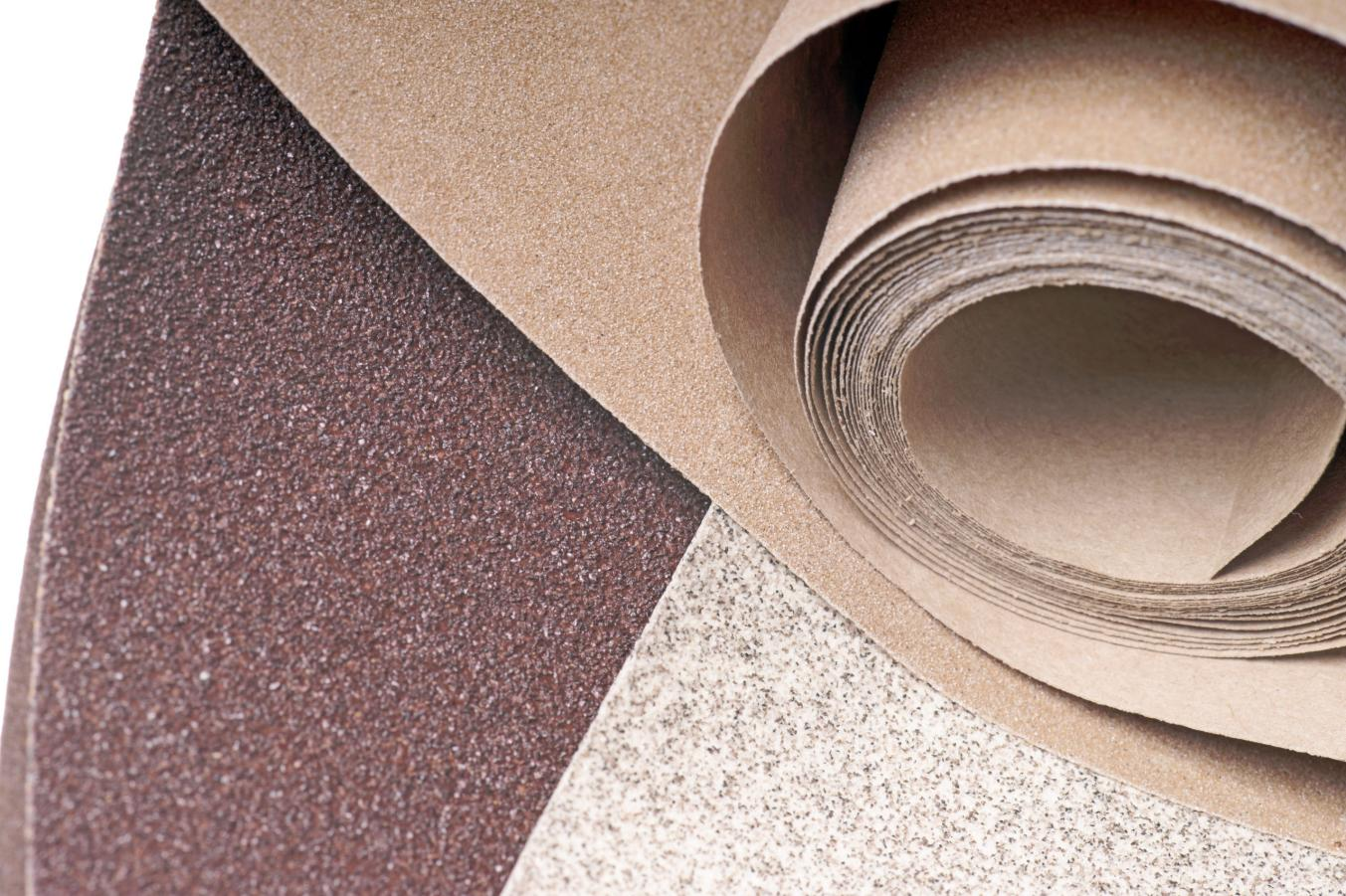Autobody sanding, which means the process of removing imperfections or rough spots from the surface of a vehicle’s body using sandpaper or abrasive materials. Autobody sanding is an essential step in the repair and restoration of vehicles, as it helps to create a smooth and even surface for painting or other finishing work.
During the autobody sanding process, an experienced technician will use a variety of sanding tools and techniques to remove any imperfections or rough spots on the vehicle’s body. This may include using a sanding block or a rotary sander to smooth out large areas of the body, as well as using finer-grit sandpaper to remove smaller imperfections and to prepare the surface for painting.
Thus, it also can be a time-consuming process, but it is essential for achieving a high-quality finish on a vehicle. It requires skill, experience, and attention to detail, as even small mistakes or oversights can affect the final result.
When we back to Autobody itself. The most common tools used in autobody sanding-Sandpaper, which is a type of abrasive material that is used to remove rough spots and imperfections from the surface of the vehicle’s body. It comes in a variety of grits, ranging from coarse to fine, and can be used by hand or with power tools.
This is a chart about most common sand paper grits while in sanding vehicle
|
GRIT |
USING |
| GRIT 40-80 | Finishing Work |
| GRIT 100-150 | Smooth out The Surface |
| GRIT 180-240 | Further Smooth |
| GRIT 320-400 | Final Smoothing & Polishing of The Surface |
Coarse grit sandpaper (40-80 grit):
Coarse grit sandpaper is used to remove large imperfections,
such as deep scratches, dents, or rust. It is not typically used for finishing work, as it can leave deep scratches on the surface of the vehicle.
Coarse grit sandpaper is a type of sandpaper that has a rough surface designed for aggressive sanding and removal of large imperfections on a surface. It typically has a grit size ranging from 40 to 80, which means that it has large abrasive particles and a rough texture.
Coarse grit sandpaper is commonly used in the early stages of sanding and is effective at removing deep scratches, paint runs, heavy rust, and other imperfections from the surface of a vehicle’s body or other surfaces. It is not suitable for finishing work, as it can leave deep scratches or grooves on the surface that require further sanding and smoothing.
When using coarse grit sandpaper, it is important to use proper technique and to apply consistent pressure to prevent uneven sanding and further damage to the surface. It is also important to follow up with finer grits of sandpaper to achieve a smooth and even surface for painting or other finishing work.
Medium grit sandpaper (100-150 grit):
Medium grit sandpaper is used to smooth out the surface after the coarse sandpaper has been used. It can also be used to remove smaller imperfections and prepare the surface for finer sandpaper.
Medium grit sandpaper is a type of sandpaper that has a moderately rough surface designed for smoothing out a surface after coarse sanding and for preparing it for finer sanding. It typically has a grit size ranging from 100 to 150, which means that it has smaller abrasive particles than coarse grit sandpaper but is still relatively rough.
Medium grit sandpaper is commonly used in the middle stages of sanding and is effective at removing smaller imperfections, such as shallow scratches and paint defects. It is also useful for preparing the surface for finer sanding by smoothing out the roughness left behind by the coarse sandpaper.
When using medium grit sandpaper, it is important to use proper technique and to apply consistent pressure to achieve a smooth and even surface. It is also important to follow up with finer grits of sandpaper to achieve a final smooth surface that is ready for painting or other finishing work.
Fine grit sandpaper (180-240 grit):
Fine grit sandpaper is used to further smooth out the surface and remove any remaining imperfections. It is often used in preparation for painting or other finishing work.
Fine grit sandpaper is a type of sandpaper that has a smooth surface designed for further smoothing and refinement of a surface after medium grit sanding. It typically has a grit size ranging from 180 to 240, which means that it has even smaller abrasive particles than medium grit sandpaper and is relatively smooth.
Fine grit sandpaper is commonly used in the later stages of sanding and is effective at removing very small imperfections, such as tiny scratches and scuff marks. It is also used to prepare the surface for finishing work, such as painting or clear coating, by creating a smooth and even surface that will hold the finish well.
When using fine grit sandpaper, it is important to use proper technique and to apply light pressure to avoid sanding through any primer or previous coats of paint. It is also important to follow up with extra-fine grit sandpaper if a super smooth surface is desired for finishing work.
Extra fine grit sandpaper (320-400 grit):
This is used for final smoothing and polishing of the surface. It helps to create a smooth and even surface that is ready for painting or other finishing work.
Extra fine grit sandpaper is a type of sandpaper that has an extremely smooth surface designed for final smoothing and polishing of a surface after fine grit sanding. It typically has a grit size ranging from 320 to 400, which means that it has very small abrasive particles and is extremely smooth.
Extra fine grit sandpaper is commonly used in the final stages of sanding and is effective at removing any remaining imperfections on the surface, such as micro-scratches and haze. It is also used to prepare the surface for finishing work, such as buffing and polishing, by creating a smooth and even surface that will produce a high-quality finish.
When using extra fine grit sandpaper, it is important to use proper technique and to apply very light pressure to avoid sanding through any previous coats of paint or primer. It is also important to follow up with polishing and buffing to achieve the desired finish.




